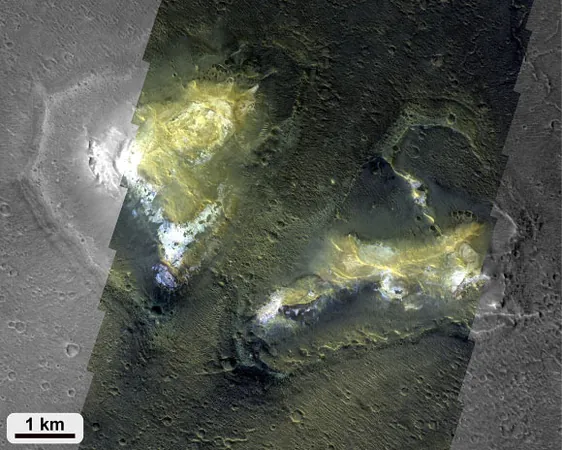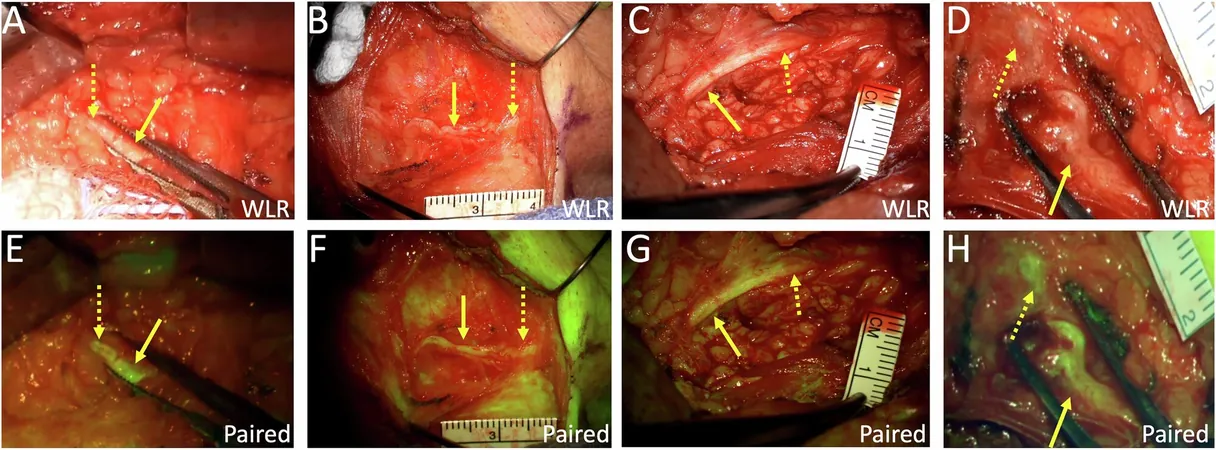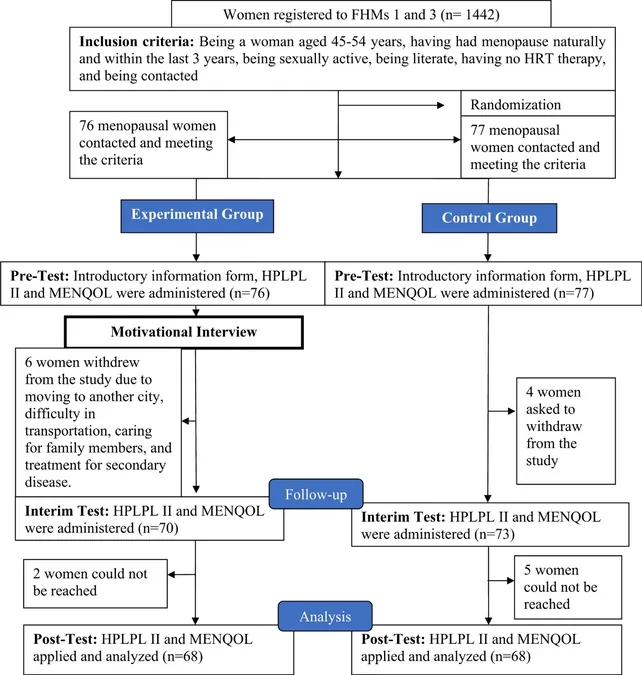
Remarkable Martian Mounds Reveal Secrets of Ancient Water and Potential Life
2025-01-22
Author: John Tan
Introduction
In an eye-opening revelation by planetary researchers, thousands of colossal mounds in the Mawrth Vallis region of Mars have caught the attention of the scientific community. A study published in the prestigious journal *Nature Geoscience* highlights crucial findings derived from high-resolution images and compositional data collected by orbiters, shedding light on Mars' intriguing geological history.
Research Findings
Led by Joe McNeil from London's Natural History Museum, the research team uncovered that these impressive mounds are not merely random formations but are instead the remnants of ancient highlands that have retreated significantly—by hundreds of kilometers—due to relentless erosion over billions of years. This remarkable geological process has been instrumental in defining the Martian landscape, demarcating the stark contrast between the planet's low-lying northern hemisphere and its elevated southern hemisphere.
Composition of the Mounds
The composition of these mounds is particularly fascinating. They consist of layered deposits rich in clay minerals, formed over millions of years through the interaction of water with rock. This mineral layering paints a vivid picture of distinct geological events throughout Mars' history, with older non-clay layers underlying the clay-rich strata and younger non-clay layers resting above them.
Significance of the Findings
Dr. McNeil expressed his excitement about the findings, stating, “These mounds are incredibly exciting because they preserve the complete history of water in this region within accessible, continuous rocky outcrops.” He emphasized their significance for future exploration missions, asserting, “They are a prime location for future missions aimed at uncovering whether Mars ever had an ocean and whether life could have existed there.
Geological Connections
The research also discovered that these mounds are geologically connected to the Oxia Planum plains, which is slated to be explored by ESA’s Rosalind Franklin rover, set to launch in 2028 to look for signs of past and present life. This connection offers a tantalizing glimpse into how interconnected Mars’ geological features may be.
Comparison with Early Earth
Moreover, Dr. McNeil draws parallels between Mars and early Earth, noting that because Mars lacks plate tectonics, its ancient geological structures remain intact, providing invaluable insights into planetary evolution. “As more missions visit the Red Planet, the more we’ll be able to dig into our own planet’s history to work out how life began,” he stated.
Implications for Future Research
This groundbreaking research not only enhances our understanding of Mars’ geological past but also fuels hopes of discovering answers about life beyond Earth. The implications of this study stretch far beyond Martian years; it invites humanity to explore the possibilities of life existing on other planets and the geological processes that may have supported it.
Conclusion
As the excitement builds around future Martian missions, the scientific community eagerly anticipates what further discoveries lie within these ancient walls. Could they be the key to unlocking the mysteries of water, life, and planetary evolution? Only time will tell.



 Brasil (PT)
Brasil (PT)
 Canada (EN)
Canada (EN)
 Chile (ES)
Chile (ES)
 Česko (CS)
Česko (CS)
 대한민국 (KO)
대한민국 (KO)
 España (ES)
España (ES)
 France (FR)
France (FR)
 Hong Kong (EN)
Hong Kong (EN)
 Italia (IT)
Italia (IT)
 日本 (JA)
日本 (JA)
 Magyarország (HU)
Magyarország (HU)
 Norge (NO)
Norge (NO)
 Polska (PL)
Polska (PL)
 Schweiz (DE)
Schweiz (DE)
 Singapore (EN)
Singapore (EN)
 Sverige (SV)
Sverige (SV)
 Suomi (FI)
Suomi (FI)
 Türkiye (TR)
Türkiye (TR)
 الإمارات العربية المتحدة (AR)
الإمارات العربية المتحدة (AR)